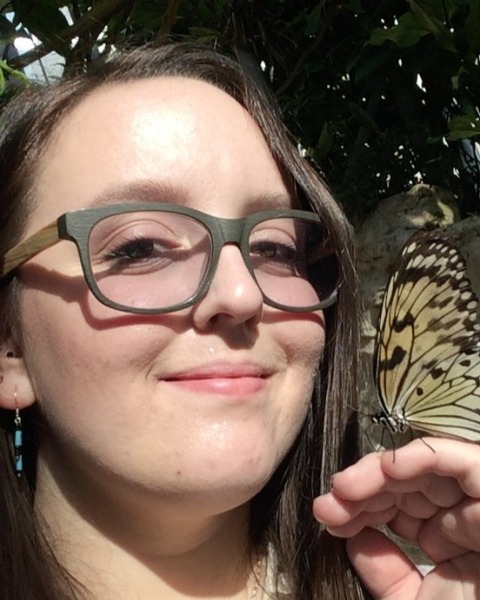Back
Contributed Talk
Session: : Conservation Management 1
COS 11-3 - Adapting at-risk species management for climate change induced phenological shifts
Monday, August 7, 2023
2:00 PM - 2:15 PM PDT
Location: C120-121

Kelsey C. King
Ph.D. Candidate
Washington State University Vancouver
Vancouver, Washington, United States- CS
Cheryl Schultz
Professor
Washington State University Vancouver, United States
Presenting Author(s)
Coauthor(s)
Abstract: Phenological shifts induced by climate change are common and have the potential to dramatically alter the temporal overlap of interacting species. At-risk species and their resources can experience divergent shifts in timing, and therefore phenological shifts could further endangered at-risk species populations. We investigate how phenological shifts impact the nectar resources of the threatened Fender’s blue butterfly (Icaricia icarioides fenderi) in the Willamette Valley, Oregon. We use historical field and museum datasets to track phenological shifts and observe the timing and abundance of floral resources in the field. We evaluate how the interacting nectar species and abundance of nectar has changed over time. We found that, though the suite of nectar plant species available to the butterfly have changed since the late 1990s, the abundance of nectar is not below what is required to maintain viable populations. However, if phenological shifts persist, managers must adapt to the new suite species of nectar plant species to ensure adequate resources in the future. Our research shows that the actions of managers can mitigate climate change impacts, and that management has a larger impact on nectar resources than climate change.
